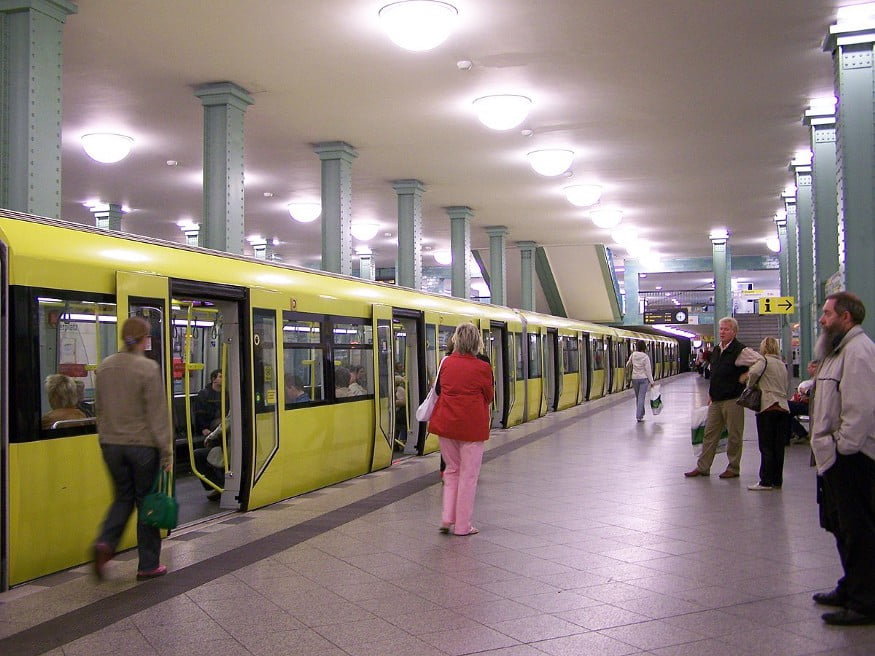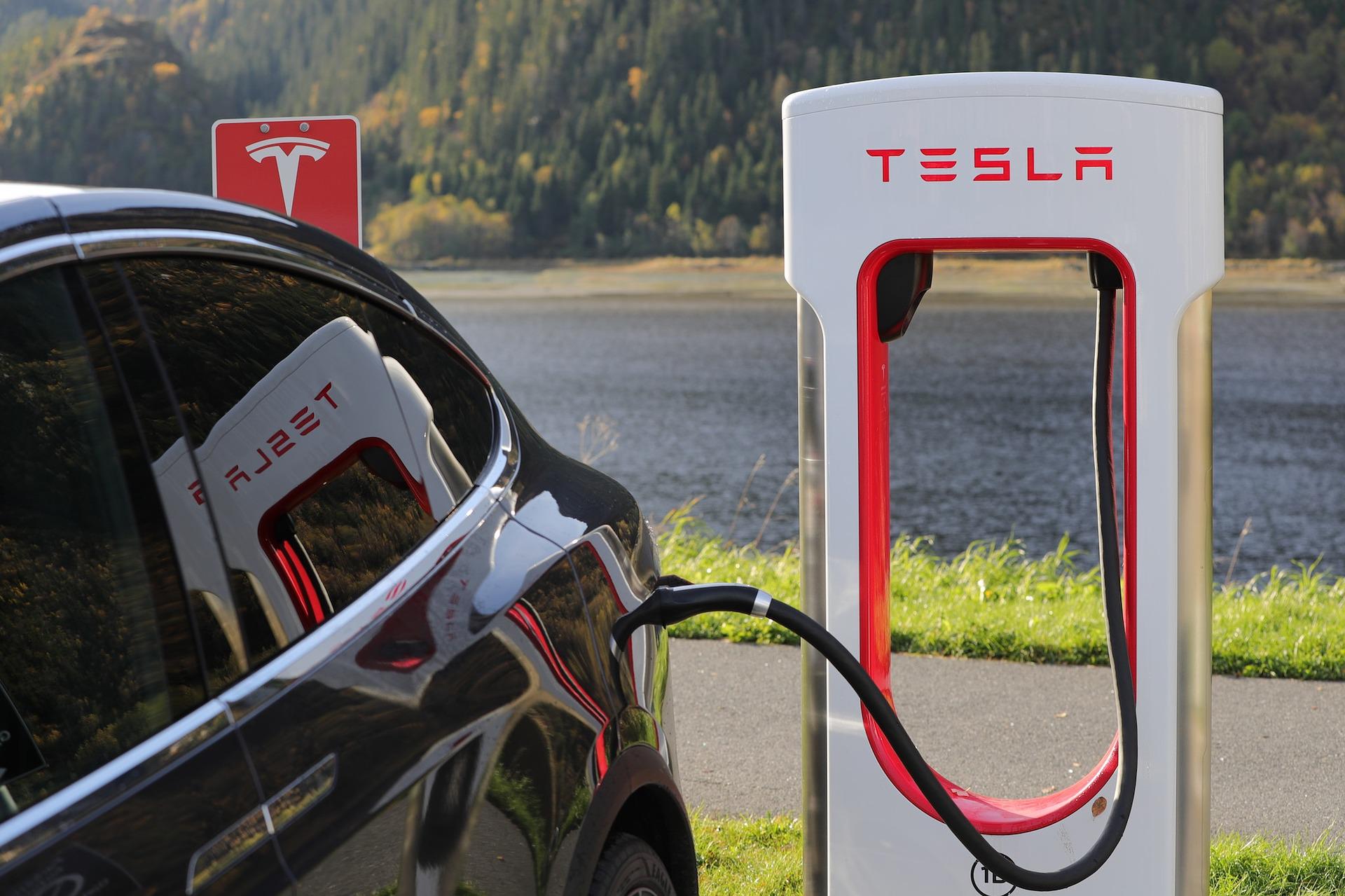Good public transport systems are key to sustainable transformation.

So I started a new job at a school. Which means I have to commute.
I am going to let you in on a little secret. I never commuted before. With all the jobs I had, I was living within walking distance. I only owned a car for about one year in total. I never needed to transport myself. And if I did, it was usually for the job, which allowed me to use company cars.
So, having to commute is a new experience.
I have been rambling on about more than once, why we need collective solutions.
I believe that collective transportation is an utmost necessity. At least if we should ever have a shot at true sustainability. Individualized motorized transport is never going to move us past the goal post.
This new experience of having to commute proves my point. A public transportation system can eliminate the need for a private car. If it is designed well, that is.
Berlin is not even the city with the best public transit system. I can see lots of areas, where it can be better. But in my case, it is good enough to give me zero incentive to own a car myself.
How Does the Transit System in Berlin Work?

Let us first have a quick glance at the public transportation system of Berlin. There are several modes of public transportation. You can find detailed maps here.
- S-Bahn. A system of local city trains. They run mostly above ground on elevated tracks. Sometimes, they share the same tracks as regional or long-distance trains. There are 16 lines, and a total of 168 stations. 36 of those are outside the city limits. The one I use to get to work is one of them.
- U-Bahn, which is the metro system of the city. It has been in existence for more than 120 years. Currently, 175 stations exist. These get served by a total of 9 lines. Some stations serve as hubs, which also serve the S-Bahn.
- Trams are also central to the transit system. The tram tracks are usually embedded in the roads. In GDR times, it served as the backbone of the transit system. Most lines are still operating in the north and northeast of the city. Currently, there are 808 stations.
- Buses. Do I need to say more? The bus lines often serve as intermediary routes between transport hubs. Or areas that are not served by any of the other systems.
- The biggest transit operator has started a collaboration with shared mobility services operators. It allows you to rent e-scooters, bikes, e-bikes, and even cars from the same app. In most areas of Berlin, there are bike paths. But it is no comparison to cities like Copenhagen or Amsterdam.
Enough Geeking Around. Tell Us How You Get to Work Already
I live in an apartment area in the far east of the city. The distance to the city center is approximately 12 kilometers.
My school is outside the city, in a small village about 25 kilometers away from my home. It is served by an S-Bahn line. To get to the nearest station on that line, I have several options.
I can walk through a nature reserve for 15 minutes.
It is possible to take a bus.
I can rent a bike or e-scooter.
Most days, I choose the first option. I wrote about this nature reserve earlier. Then I have a 20-minute train ride. I can use these 20 minutes to read, check my emails or watch my surroundings. I don’t need to change. The school is right next to the train station.
The same applies if I want to go into the city center. I can even choose between several different train or metro lines. Either way, there is no reason for me to use a car at all. And that is how it should be.
Do you need a car for going long distances?
You are right. Maybe I do want to take a holiday sometimes. Or visit some friends who live in another city. Since I share an apartment with my dad, we share a car. We hardly ever use it. The last time I have been driving is a few months ago.
The truth is, we use our cars less often than we think. Studies show that our cars are parked around 95% of the time. What a waste of space and resources.
Can we eliminate individualized car transport?
If we design our transit systems smart, we could free up a lot of land for nature or development. And we would save a lot of resources. But it also demands something from each of us. We need to get rid of the idea, that we have to own a car each. Instead, we should think about what our necessities are.
That is the essence of minimalism. And it is a far better path to sustainability than simply replacing all cars with EVs.
In my case, I am not going to need a car anytime soon.




